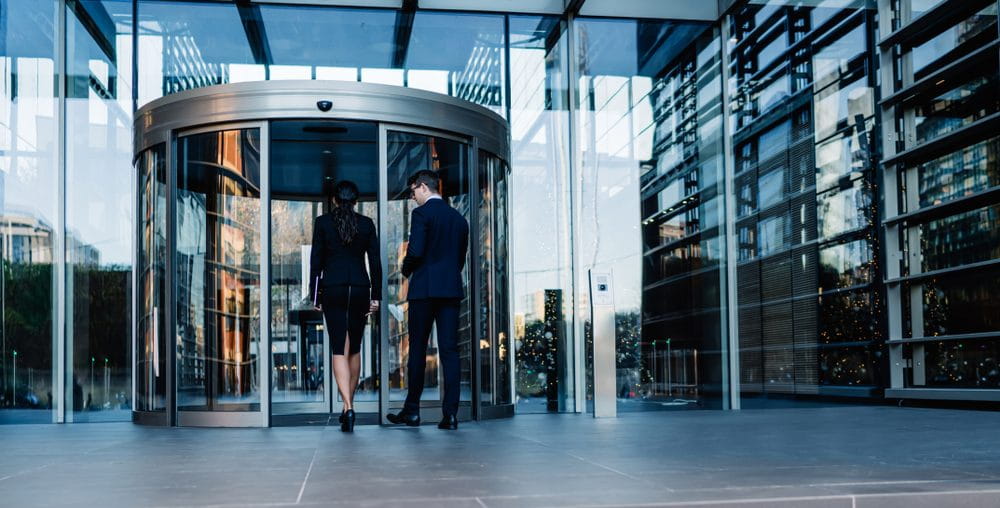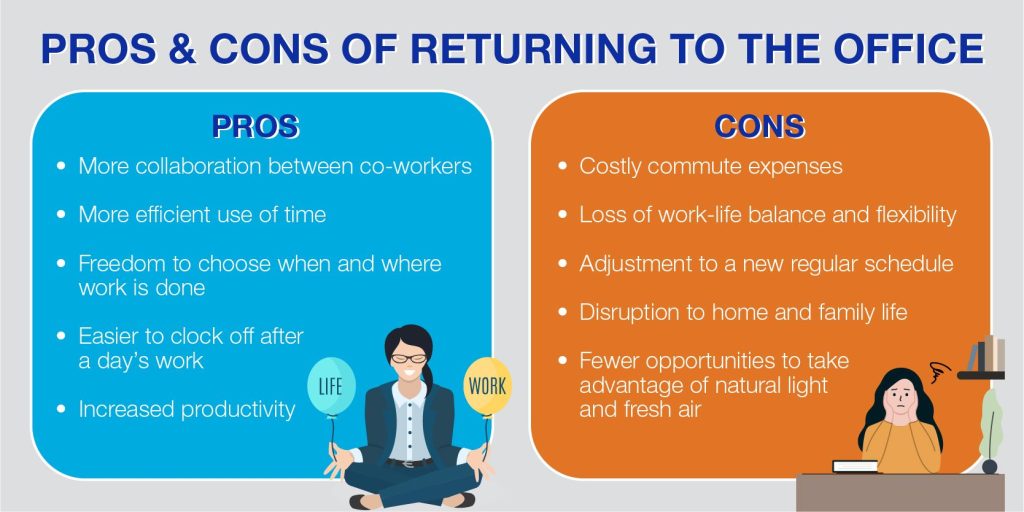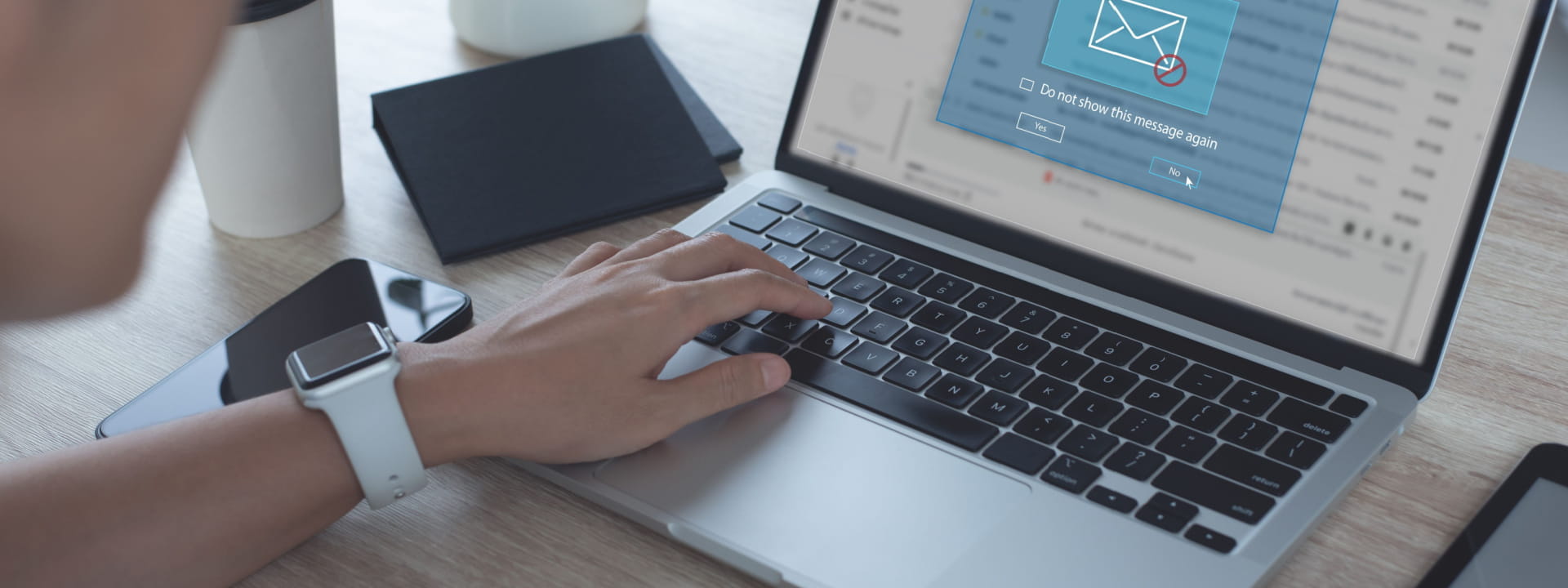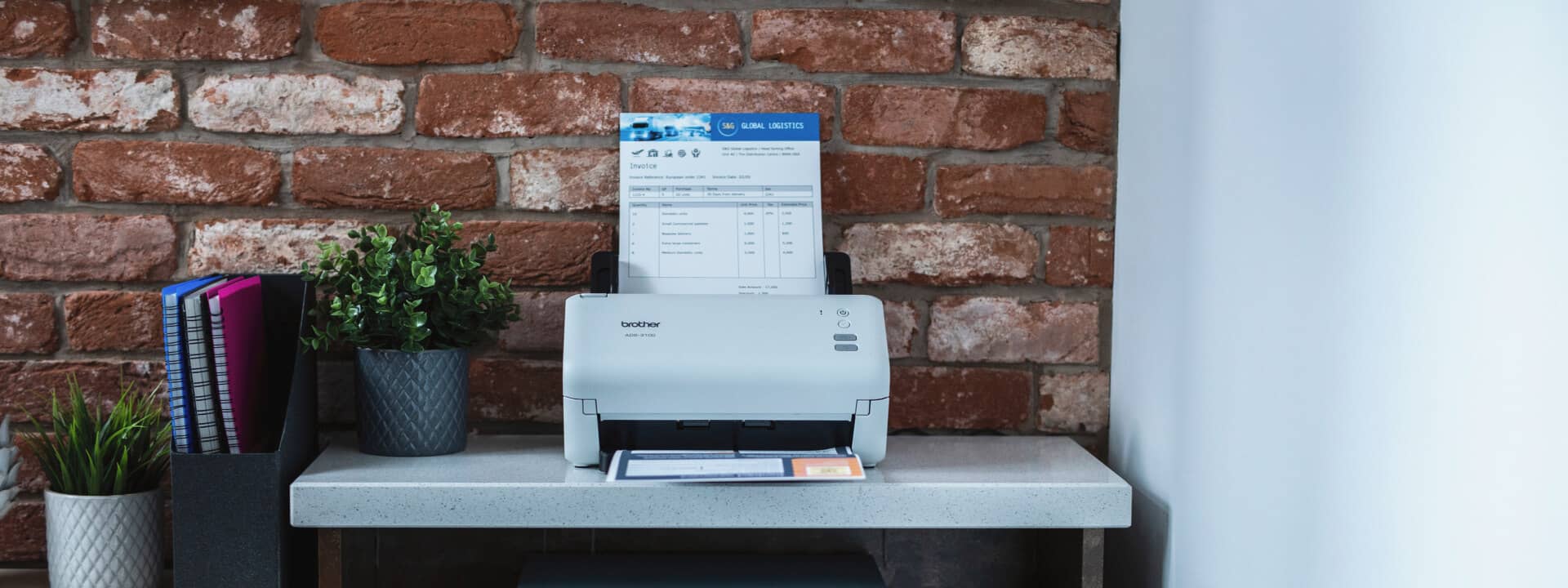
As businesses across Australia start to reopen – albeit cautiously and with new safety protocols in place – the big question on everyone’s mind is: are we heading back into the office? With work-from-home cultures now firmly established, there’s a lot to consider and discuss, especially given the success of remote and hybrid working over the past few years.
Despite the success of these adopted working conditions, however, many organisations are now encouraging staff back into the office, provided it’s safe to do so.
But are Australians ready for a full return to office?
Recent research from Brother indicated that many employees were comfortable to continue working remotely, with a whopping 68% stating they’d prefer to work from home (WFH).
It’s not only Aussies who have grown fond of WFH. In the US, roughly 56% of full-time employees said that their jobs could be done remotely, according to a report by Gallup. This amounts to around 70 million workers.
Back home this sentiment aligns closely with the preferences of many remote-capable workers, noting that three in five want a long-term hybrid work arrangement.
The pandemic has undoubtedly been a catalyst for experimenting with remote working and this is only going to become more commonplace, according to an independent advisory body of the federal government. Analysis from The Productivity Commission noted the period ahead will likely see the ‘next wave of experimentation‘ as employees and employers strive to find ways of working that benefit everyone.
While the jury’s still out on whether a return to the office is inevitable, here’s a guide to where Australia is at present, and what the future may hold when it comes to hybrid work.

Workplace attitudes to hybrid
It’s no secret that hybrid work is a hot-button issue for both employees and employers.
For employees, attitudes toward hybrid work is typically positive. In fact, a Deloitte survey found that more than three-quarters of Australians who could work remotely wanted greater choice in their work location – both at home and in the office.
What’s more is that this appetite for greater flexibility even comes with a dollar value attached. The same survey from Deloitte uncovered that two-thirds of workers would be prepared to miss out on a pay rise for more flexibility, with some respondents willing to forfeit a 10% pay rise.
By contrast, many employers were less upbeat about a long-term move to hybrid. Some organisations have ordered a return to the office, leaving those who fight the shift back to onsite potentially open to disciplinary action, including dismissal.
In the US, a recent survey of 1,000 business leaders reported that 90% of companies will impose return-to-office policies in 2023 and beyond. Almost the same percentage of companies, however, would incentivise employees to return by offering catered meals, commuter benefits, pay rises, and more.
The same research from Resume Builder found that an overwhelming majority of surveyed business leaders (96%) saw benefits to in-person work, including improved communication and company culture, to name only a few.
Employees upbeat on hybrid
Aussie workers are singing the praises of hybrid work as they’re finally able to dodge that dreaded daily commute. Moreover, it’s helping them stay happy and healthy both physically and mentally.
And it’s no wonder! Back in 2019, full‑time workers in major cities nationwide spent more than one hour a day commuting to the office.
Another benefit cited by workers were physical and mental health improvements as they had more control over their day. This enabled more time to exercise and to cook nutritious food as opposed to unhealthier habits, like relying on takeaway.
Workers also believe hybrid arrangements gave them the flexibility to carry out tasks in ways that are most effective for them and gave them the ability to increase productivity at work.
For workers with specific barriers to office-based work, hybrid is also a big positive. The Productivity Commission’s findings suggests that hybrid boosts employment opportunities for a diverse range of people such as carers, parents of young children, and people with disabilities.
So, perhaps it’s natural that many employees highly value the ability to work flexibly and are even willing to change jobs or accept lower wages to have a mix of remote and onsite work in their careers.

Not all businesses are in favour of hybrid work
Although some companies are bucking the trend and embracing hybrid work, many employers seem to be favouring an onsite approach over the long term.
Are employers in a post-pandemic world afraid of change, or is there more to the story?
Recruitment agency Hays explained that many companies have not taken hybrid hiring and office-free working entirely seriously. While most businesses made remote and in-office work available, 68% had no detailed strategy to communicate a future hybrid working approach.
Working from home may lift coordination costs, reduce casual interactions, hamper knowledge‑sharing and creativity and dent the effectiveness of collaborative processes.
Other challenges also remain for business. Organisational culture, for instance, is more difficult to cultivate in a hybrid environment, as people working offsite throughout the week may feel disconnected from time to time.
Similarly, teamwork and relationships need to overcome the increased constellation of employees away from the office. To this end, hybrid work necessitates more extensive coordination of schedules and meetings, including figuring out when others are available and in the office to determine how to lead meetings with attendees online and onsite.
It’s a similar theme in the US, with Gallup reporting the top challenges of hybrid work are far less prevalent than the top advantages. This indicates that the benefits of hybrid work substantially outweigh the hurdles.
How to reconcile differences
While divergence remains between some businesses and employees about the merits of hybrid work, the path ahead will likely mean attempting to find common ground. For employers, Deloitte recommends re-examining how they frame the concept of flexibility.
This will include the need to accept worker concerns about overwork and burnout, and desires for improved work–life balance. Linked to this is the need for firms to overhaul their employee value propositions to put wellbeing and flexibility at the core.
It also means organisations acknowledging employee expectations when it comes to flexibility and pay, especially when positioning packages to attract and retain talent.
Another tip for businesses is to reimagine the concept of employees’ connection with the organisation – regardless of where the employee may work from – with a focus on developing trust and nurturing a sense of belonging and meaningful collaboration.

What’s in store for hybrid working in Australia?
Although several high-profile Australian-headquartered companies like Atlassian and Canva celebrate employees being able to work from anywhere, there remains disagreement among corporate leaders about the net business benefits of hybrid work.
This is reflected in the latest insights on where the country is moving to in regard to the availability of hybrid work. As mentioned, there’s no doubt of increasing demand from workers for flexibility but what is less clear is the supply side.
To this point, LinkedIn’s latest Global Talent Survey highlighted that 6% of paid job postings in Australia offered a remote working option, while remote working options received 11% of all job applications, suggesting demand currently outstrips supply.
It shows remote job posts reached a record high in April 2022, at 10.6% of all job posts nationwide, while also garnering a peak of 13.3% of all applications. That had changed by September 2022 when remote job posts fell to 5.5%, while the share of remote applications in Australia was still elevated at 10.8%.
However, the situation is more complex, and these stats only paint part of the picture. That’s because employees still hold the power to demand more from management on conditions.
Australians have placed themselves firmly in the driver’s seat when it comes to workplace demands, with a clear desire for flexible work arrangements. And that preference has skyrocketed since August 2021 – jumping up 10% and overtaking compensation as top priority on job seekers’ lists, according to LinkedIn’s survey data.
LinkedIn’s snapshot of what employees want at work revealed flexibility and compensation had pulled clear as top demands, with a margin of more than 5% ahead of job security, which has also risen strongly over the past year, overtaking work–life balance.

Hybrid work means shifting requirements
For employers keen to encourage workers back to the office, there’ll likely continue to be a gradual increase in employee-centric environments. This commonly refers to office workspaces with perks that include free healthy food and beverages, which can be a big drawcard for time-poor staff.
On this front, some businesses are reportedly now even providing gourmet breakfasts replete with coffee, specialist tea, high-end mueslis, and even in some cases in-house chefs who whip up full breakfasts for office early birds.
This is all part of employers giving workers another compelling reason to come to the office. Instructing workers to return and having a policy to make them do so may serve to dent morale and encourage them to jump ship, especially in a tight labour market.
By contrast, experts suggest that companies are better served by answering employees’ questions pertaining to why they should come to the office in the first place. On this point, it’s advised that leaders and managers develop a compelling workplace value proposition encompassing the culture, benefits and interactions for employees onsite.
For employees continuing with a hybrid work model, the right tools and tech are increasingly key to performing at a high level from the home long term. Remember, crafting a great home office will be worth it if you plan to pursue hybrid work in 2023 and beyond.
This will mean making the move to a dedicated home office which will have the upside – if executed effectively – of no more mysteriously moving paperwork, less neck pain and backache, and the end to the annoyance of continual setting up and packing down each day.
For others, it will mean upgrading their office supplies and equipment. Here, aside from the expected laptop or computer, phone and good-quality router, you may also want to invest in a few extras like a Bluetooth keyboard to improve ergonomics and reduce wear and tear on your laptop, as well as fast and reliable connectivity.

It’s also key if you plan on printing a lot, to make sure your printer is fast, reliable and has all the technical features you need. The Brother INKvestment Tank Multi-Function Printer MFC-J4540DW will meet all these needs and more to help give you the best work-from-home experience where printing is a must.
And don’t forget about work from home tax requirements, especially if you’re sticking with remote work. This is where home office rates or home office expenses come into play. Being able to identify which of your home office tools and resources are tax-deductible is critically important for both workers and business owners.
If you’re a hybrid worker, there are specific tax rules you must follow when it comes to tax deductions. Checking your eligibility through the ATO is a crucial step ahead of tax time.
Hybrid work is already changing the way Australians approach their job, and it looks like this trend isn’t going anywhere anytime soon. While it may present challenges not experienced in traditional working models, its potential to enhance the work-life balance is undeniable.
Other articles you may be interested in:
- What is quiet quitting?
- What you need to know about a bedroom home office
- Should you start an online side hustle?





